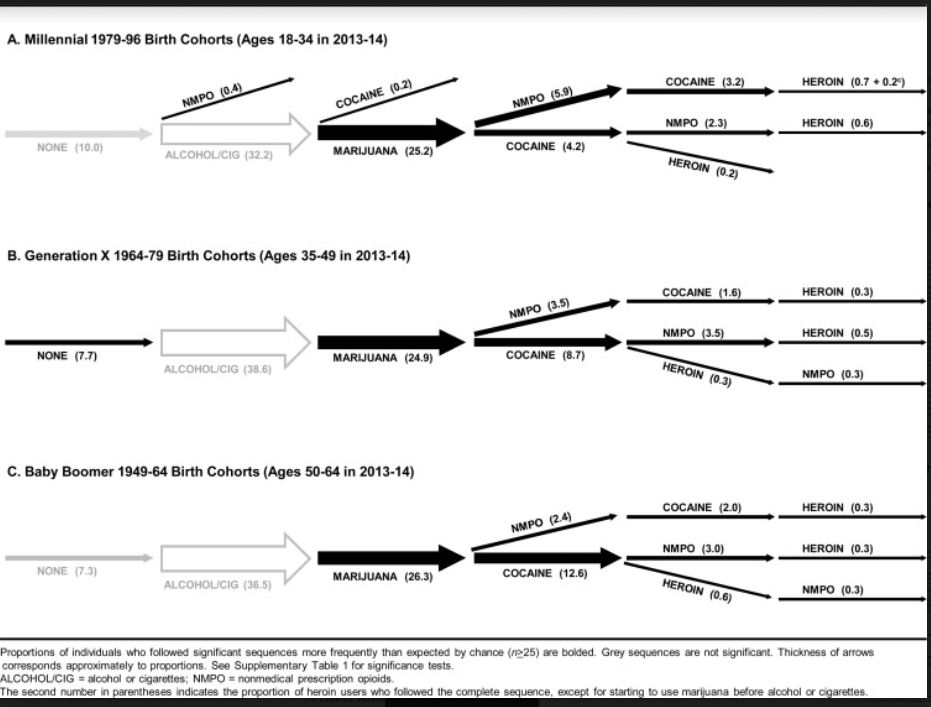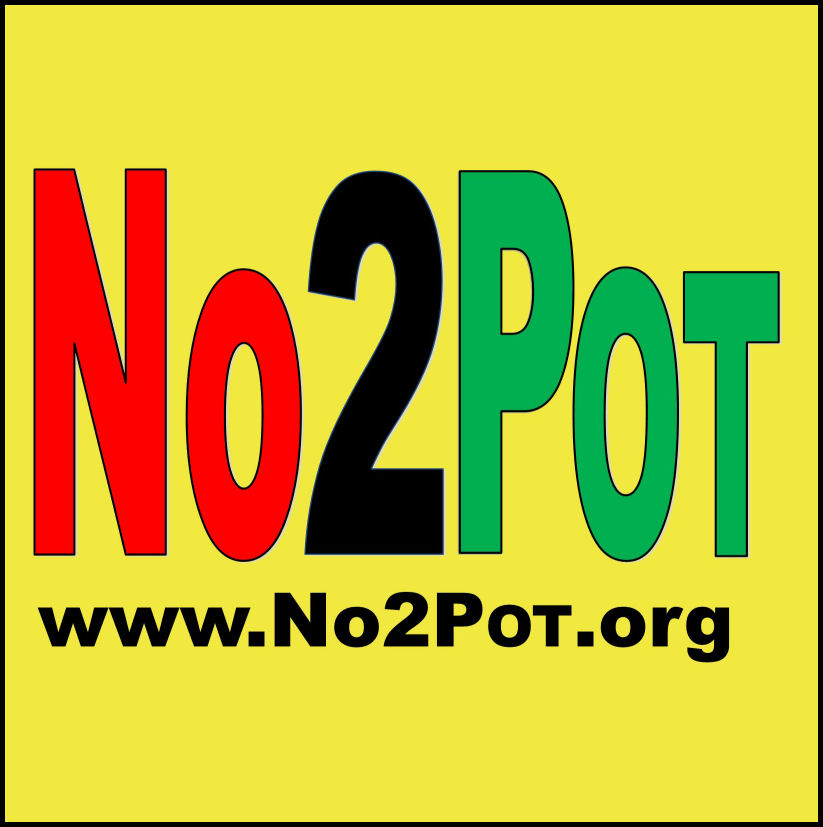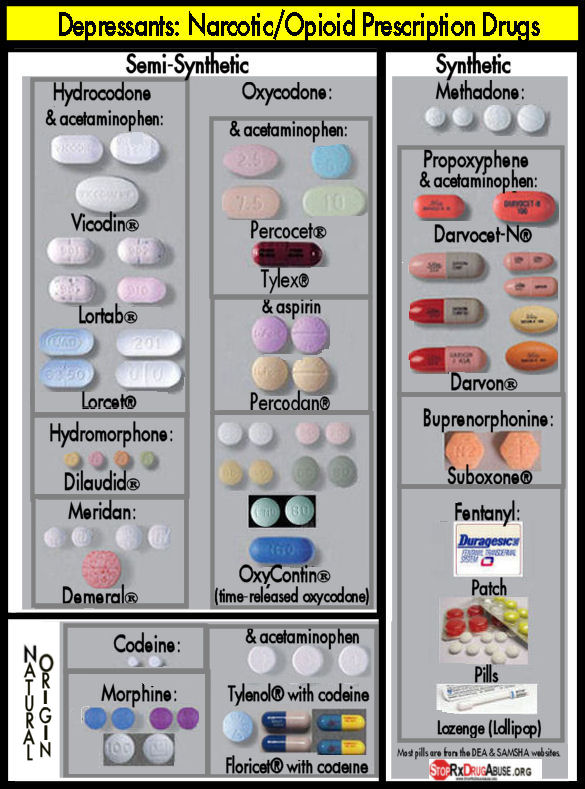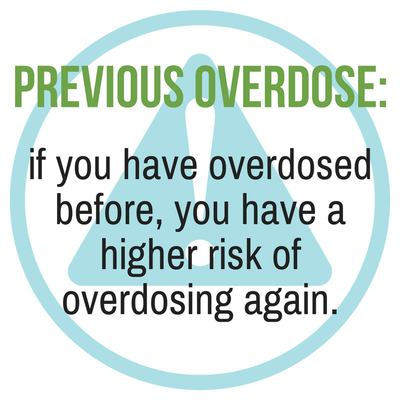Pill Card Facts
All Drugs
| Website | |
|---|---|
DEA- Drug Identification DEA- Drug Identification Pictures and information on a varity that are abused. |
|
The Epidemic within the Pandemic- Opioid Crisis Tampa Bay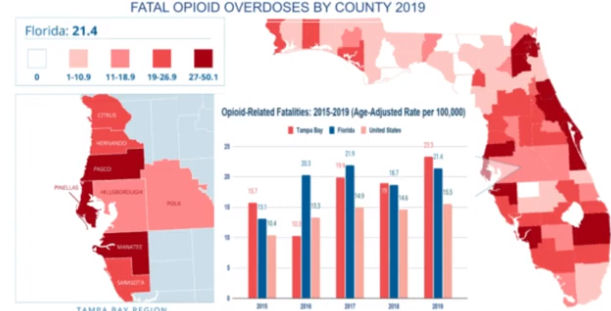 Opioid-related deaths would rank 9th among leading causes of death tracked by the CDC if reported separately from the category “unintentional injury” ix . The Tampa Bay Region fares worse than Florida and the United States when it comes to the rate of fatal opioid overdoses. Other key points include: • 77% of all fatal overdoses involve opioids in the Tampa Bay Region. This is on par with national (70%) and state (77%) trendsx . • Opioids overdoses are one of the few overdoses that are quickly reversible and need not be fatal. • While suspected non-fatal, non-opioid overdoses continue to drop in the Tampa Bay region from 5,883 in 2016 to 5,057 in 2019, nonfatal opioid overdoses have spiked from 3,039 in 2016 to 4,514 in 2019xi . • In our region, someone visits an Emergency Department for a non-fatal opioid overdose every 2 hours and 15 minutesxii. • In the Tampa Bay region, the opioid epidemic resulted in 33,288 - 35,201 fewer workers participating in the regional economy in 2015 and cost the region between $25.1 billion and $26.5 billion in economic outputxiii. • Fatal overdoses in Florida have had an actual increase of 43% and a projected increase of 59% since the COVID-19 Pandemic beganxiv. • In recent years, the increase in rates of fatal opioid overdoses of Black non-Hispanic and Hispanic Floridians, respectively, have outpaced the rate of increase in fatal opioid overdoses of White nonHispanic Floridians. Recent reports issued by the CDC mirror these findings but on the national level xv. • The opioid epidemic in the US exceeded $1 trillion in costs between 2001 and 2016xvi. |
|
Above the Influence- Drug Facts Above the Influence- Drug Facts Fact is that while you’re a teen (and even into your early 20’s!), you’re still growing and developing, and drug abuse during these years in particular can have a lasting impact. Another fact to consider: the brain is much more vulnerable to addiction during these years. 90% of Americans with a substance abuse problem started smoking, drinking or using other drugs before age 18. |
|
|
National Institute of Drug Abuse National Institute of Drug Abuse Learn the facts about the most commonly abused drugs. Each drug page includes a brief overview, street and clinical names, the effects of the drug on the brain and body, statistics and trends, and relevant publications and articles written by NIDA researchers and scientists. Publications |
|
|
Science of Addiction: Genetics and the Brain Science of Addiction: Genetics and the Brain |
See Brochure for Signs of Drug Abuse, Withdrawal and Overdose
Click on photo for larger image.
|
Drug Information:
Drug Facts Painkillers-Oxycontin (effect...overdose effects) Profile Oxycodone Oxycodone will eventually change the brain in such a way that users cannot quit on their own. (CESAR- Center for Substance Abuse Research)
Other Information:
|
||||||||||||||||||||||||||||||||||
|
|
||||||||||||||||||||||||||||||||||

